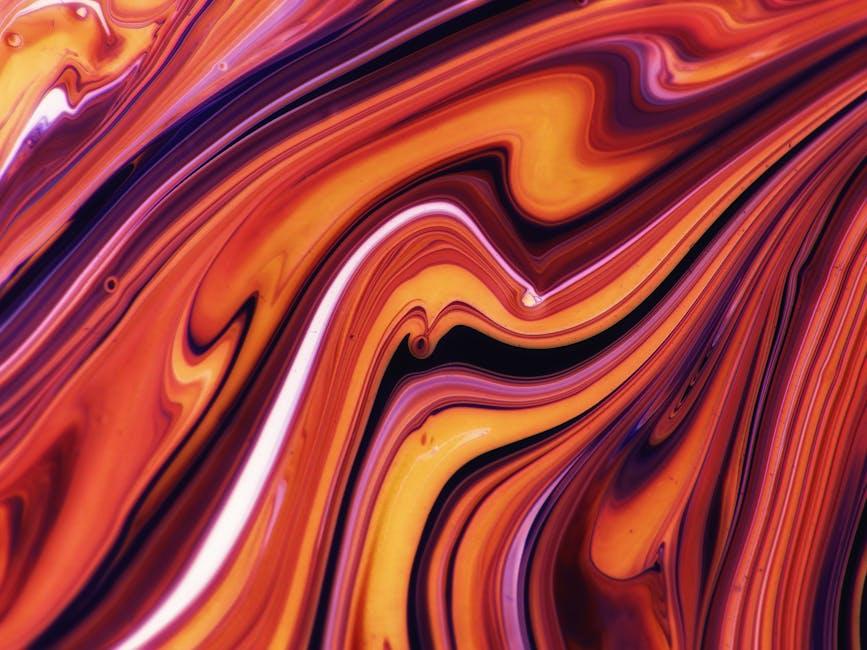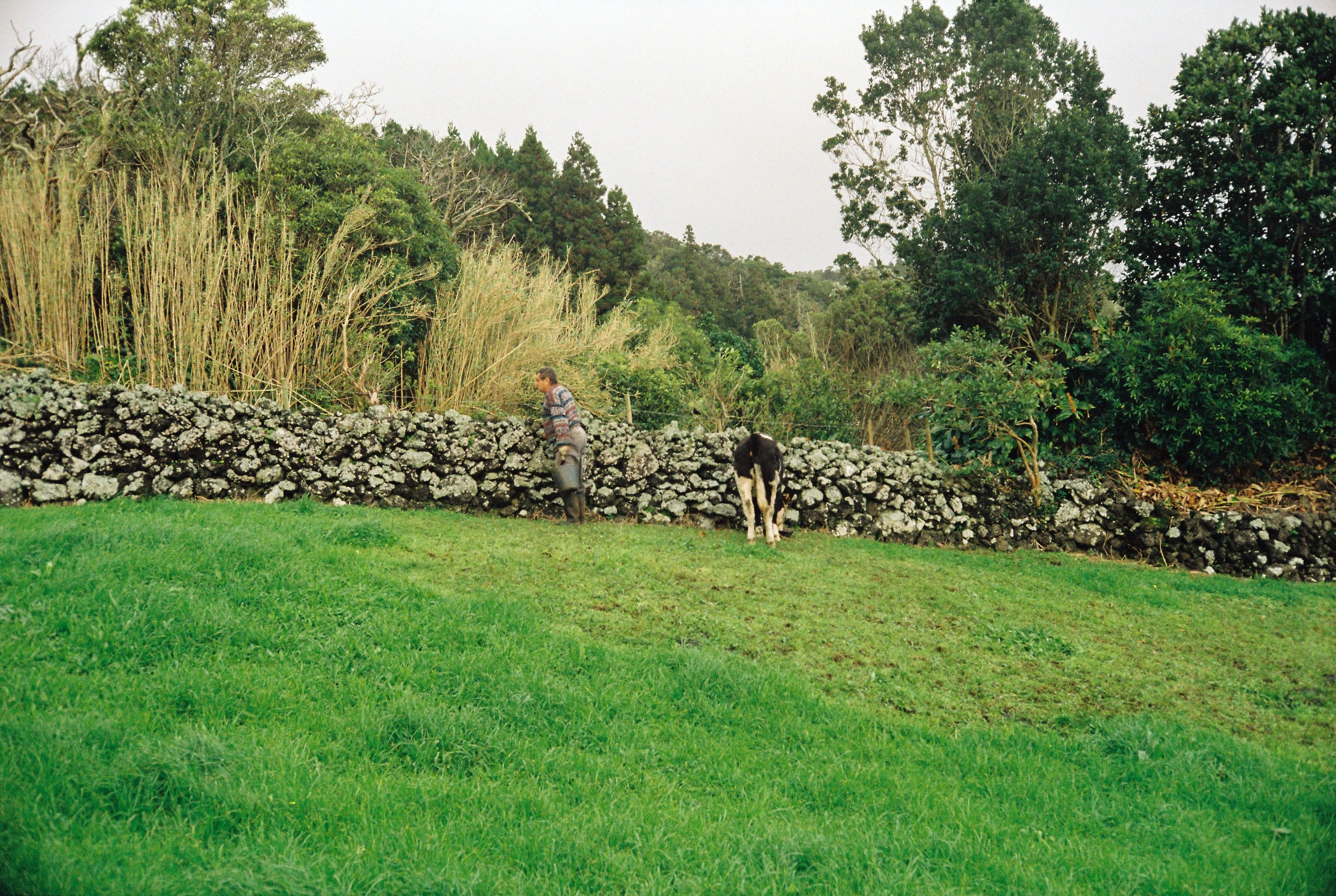In the dim glow of a cinema, stories come alive not just through words and actions, but through a language of their own—visual metaphors. Directors, much like painters, wield this tool to layer depth and meaning onto the canvas of the screen. These visual cues, often subtle yet striking, guide audiences beyond the surface, inviting them to explore the intricate emotions and themes woven into the narrative. From the shadowed alleyways of noir films to the vibrant hues of a coming-of-age tale, visual metaphors serve as silent narrators, enhancing storytelling in ways dialogue alone cannot. This article delves into the artistry and intention behind these cinematic elements, revealing how directors craft a richer, more immersive experience for viewers worldwide.
Crafting Symbolic Imagery to Deepen Narrative Layers
In the realm of cinematic storytelling, directors often wield visual metaphors as powerful tools to enrich their narratives. By embedding symbolic imagery, they invite audiences to engage with deeper layers of meaning. A single image—a shattered mirror, a wilting flower, or a soaring bird—can encapsulate complex emotions or themes without a word being spoken. This technique allows filmmakers to transcend the limitations of dialogue, crafting a visual language that resonates on an intuitive level.
Consider the following elements that directors might use to infuse their films with symbolic depth:
- Color palettes: A deliberate use of color can evoke specific moods or symbolize abstract concepts like hope, despair, or transformation.
- Recurring motifs: Objects or scenes that appear repeatedly can signify underlying themes or character arcs, creating a cohesive narrative thread.
- Lighting: The interplay of light and shadow can reflect internal conflicts or highlight moments of revelation.
By thoughtfully incorporating these visual metaphors, directors not only enhance the storytelling experience but also invite viewers to discover hidden meanings and connections within the narrative tapestry.

Exploring Color Palettes as Emotional Signifiers
In the world of cinema, color palettes transcend mere aesthetics to become powerful emotional signifiers, guiding the audience’s subconscious responses to the narrative. Directors meticulously choose colors to reflect the emotional arc of the story, crafting a visual symphony that resonates with viewers on a deeper level. For instance, the use of warm hues like reds and oranges often signifies passion, danger, or intensity, drawing viewers into the character’s fiery emotional landscape. Conversely, cool tones such as blues and greens can evoke calmness, detachment, or melancholy, subtly influencing how the audience perceives a scene’s mood.
- Red: Often used to denote love, anger, or urgency.
- Blue: Conveys tranquility, sadness, or isolation.
- Yellow: Represents joy, caution, or madness.
- Green: Symbolizes nature, envy, or renewal.
These choices are not random; they are intentional, carefully woven into the fabric of the film to enhance storytelling through visual metaphors. By manipulating color, directors can evoke specific emotions, creating a visceral connection between the audience and the narrative, making the viewing experience more immersive and impactful.
Harnessing Light and Shadow for Subtextual Depth
In the realm of visual storytelling, directors often leverage the dynamic interplay of light and shadow to craft subtextual depth that transcends dialogue and action. By manipulating lighting, filmmakers can subtly suggest emotional undertones or foreshadow narrative developments. The use of chiaroscuro, for instance, highlights the contrast between light and dark, symbolizing the internal conflict within a character or the moral ambiguity of a situation. Shadows can loom ominously, hinting at hidden dangers or secrets, while bright, diffused light might convey hope or enlightenment.
- Silhouettes: Used to emphasize mystery or anonymity, often creating a sense of intrigue or foreboding.
- Color Temperature: Warm hues can evoke comfort or nostalgia, whereas cool tones might suggest isolation or detachment.
- Hard vs. Soft Light: Hard light casts sharp shadows, highlighting tension, while soft light can create a more serene or intimate atmosphere.
Through these techniques, directors invite audiences to read between the lines, engaging with the story on a deeper, more intuitive level. Each shift in light and shadow becomes a silent narrator, guiding viewers through the emotional landscape of the film.

Utilizing Framing Techniques to Convey Hidden Meanings
In the realm of cinema, directors often wield the power of framing to weave intricate layers of meaning beneath the surface of a scene. By carefully composing each shot, they can guide the audience’s attention, subtly suggesting ideas and emotions that transcend dialogue. Framing techniques serve as visual metaphors, inviting viewers to explore the unspoken depths of a narrative. Through deliberate choices, such as the positioning of characters within a frame or the use of negative space, directors craft a silent language that speaks volumes.
- Close-ups can highlight a character’s inner turmoil, drawing the audience into their emotional world.
- Symmetrical framing might convey balance or, conversely, an unsettling sense of control.
- Over-the-shoulder shots can suggest intimacy or surveillance, depending on the context.
These visual cues act as a conduit for hidden meanings, enriching the storytelling experience. By engaging with the subtle art of framing, viewers are invited to look beyond the obvious, to uncover the nuanced layers that define a truly compelling narrative.

